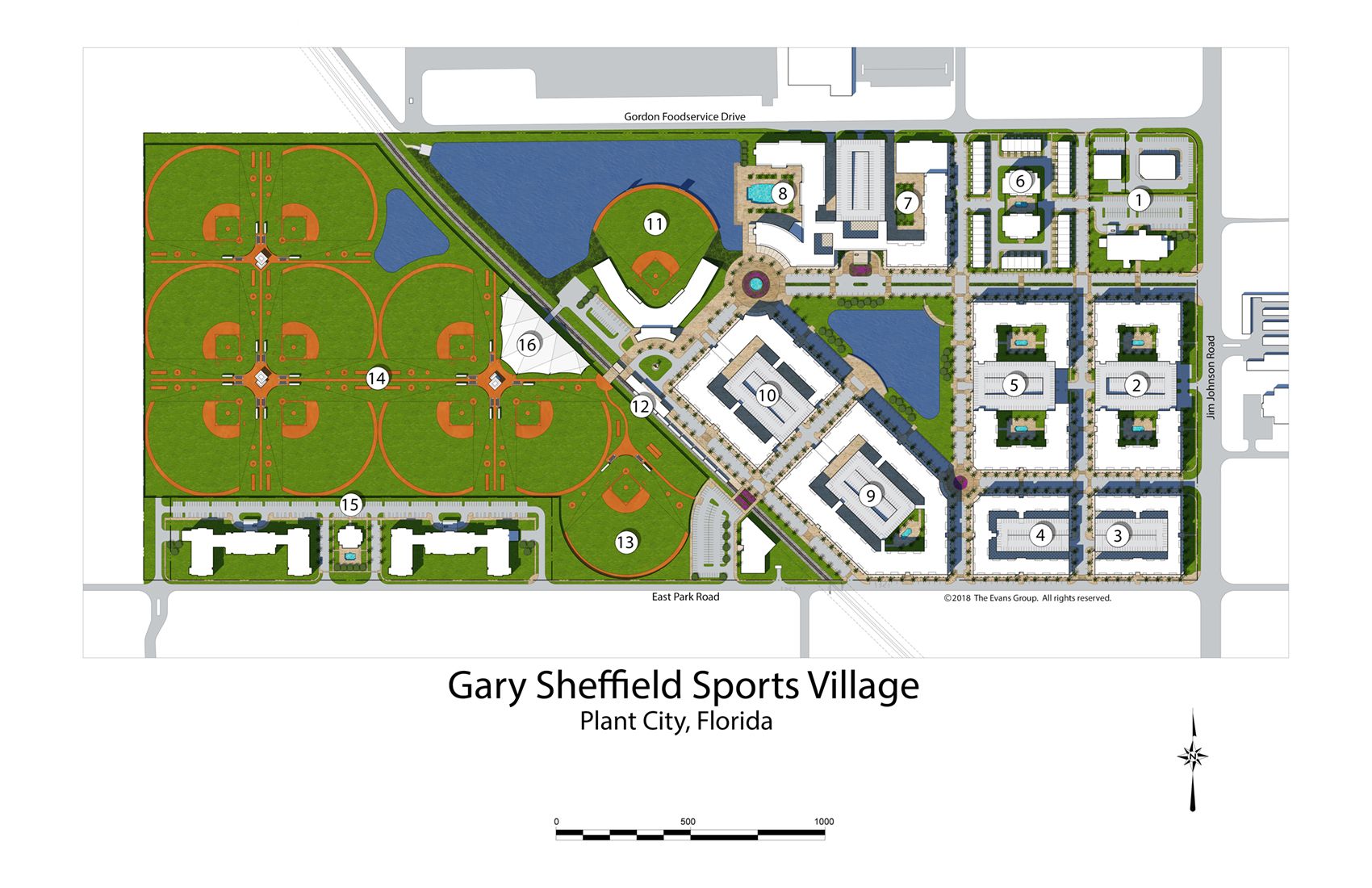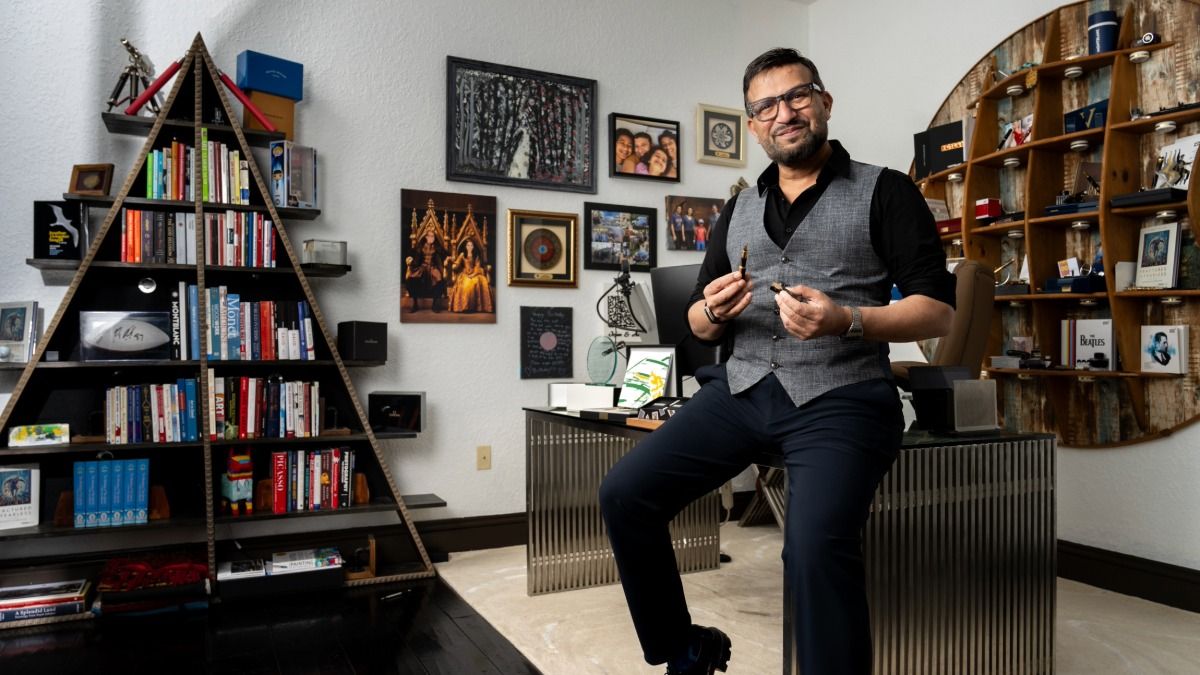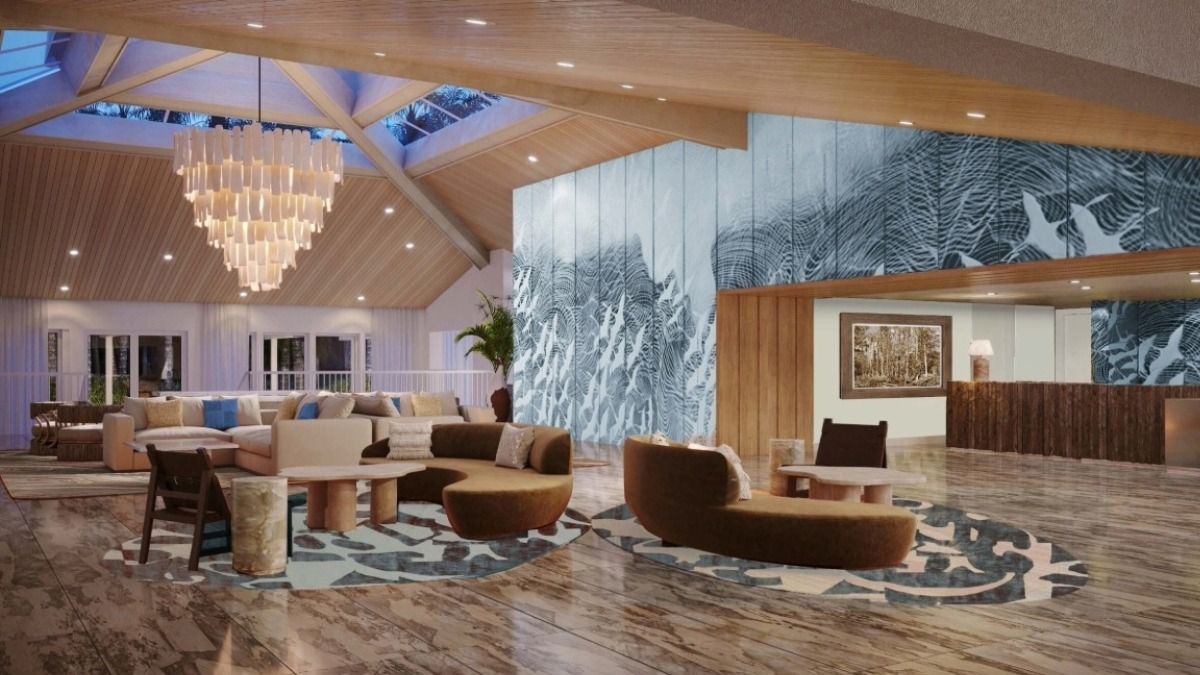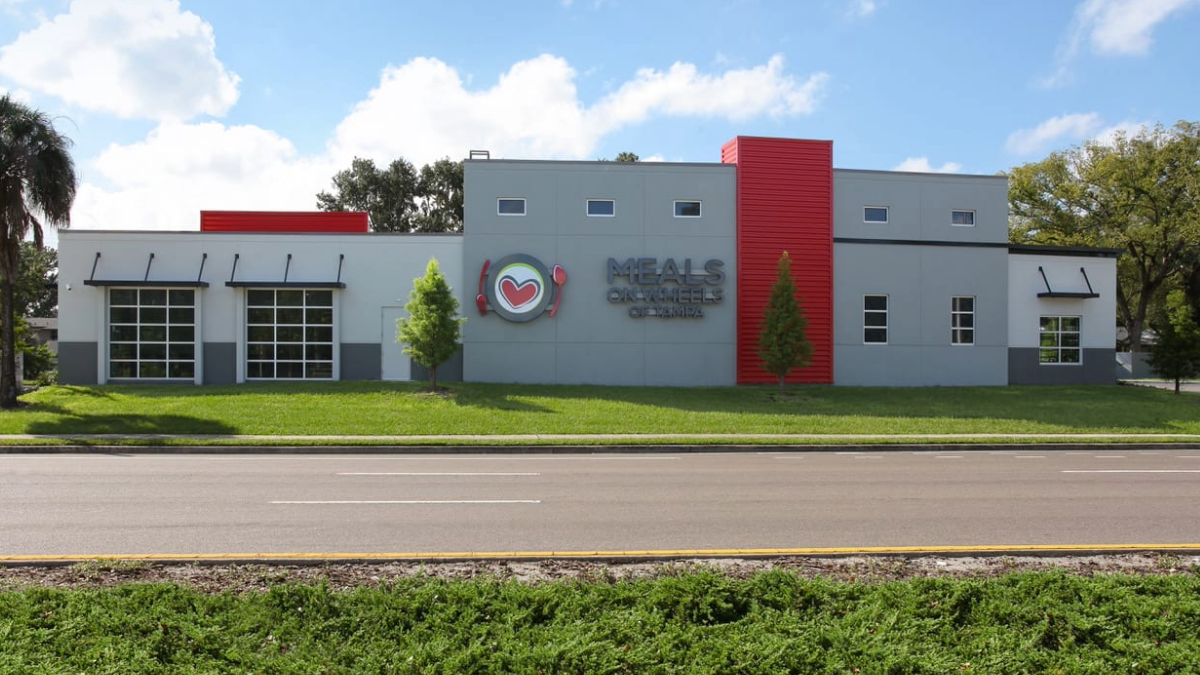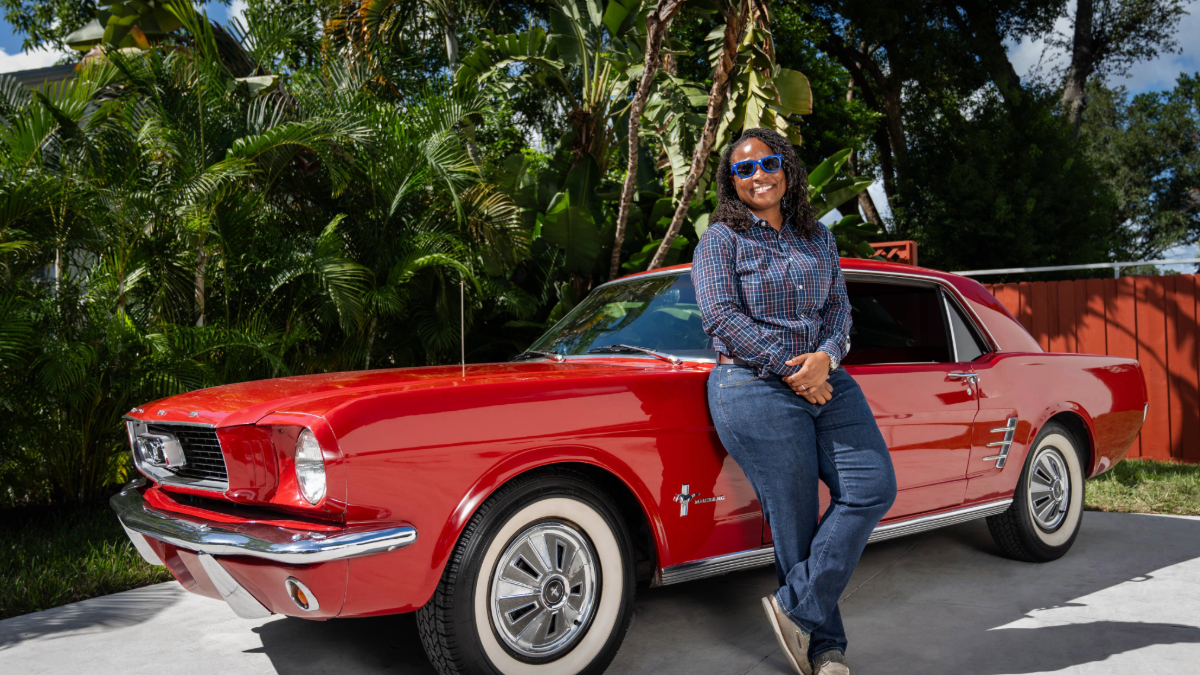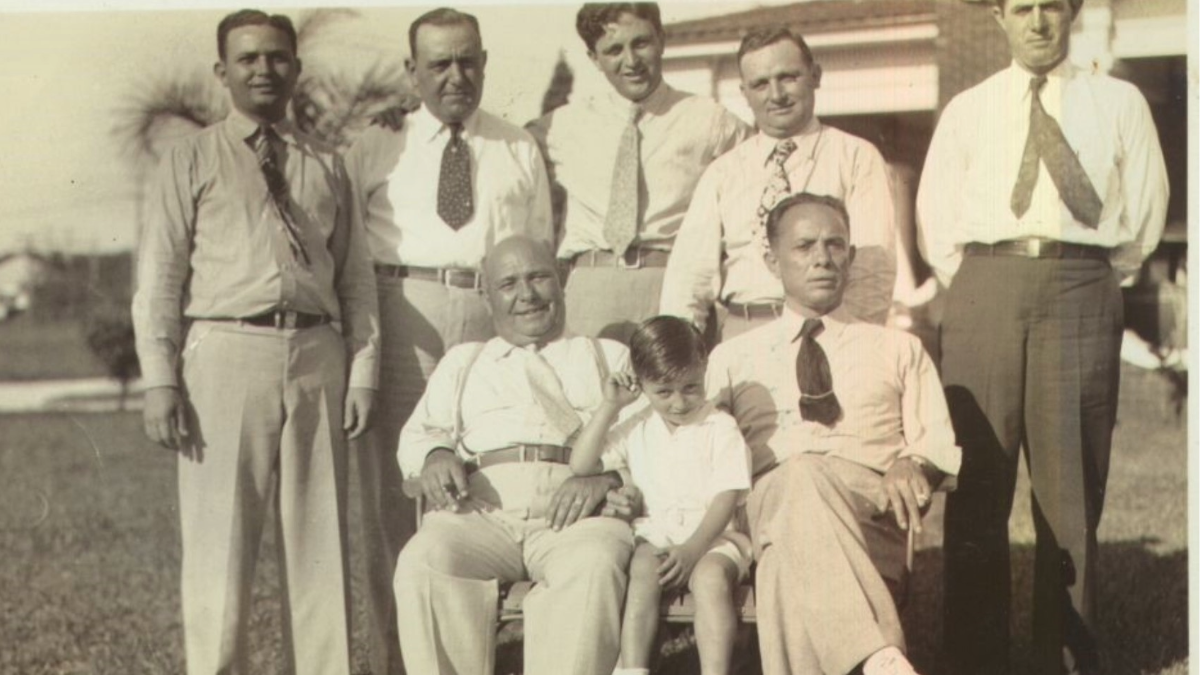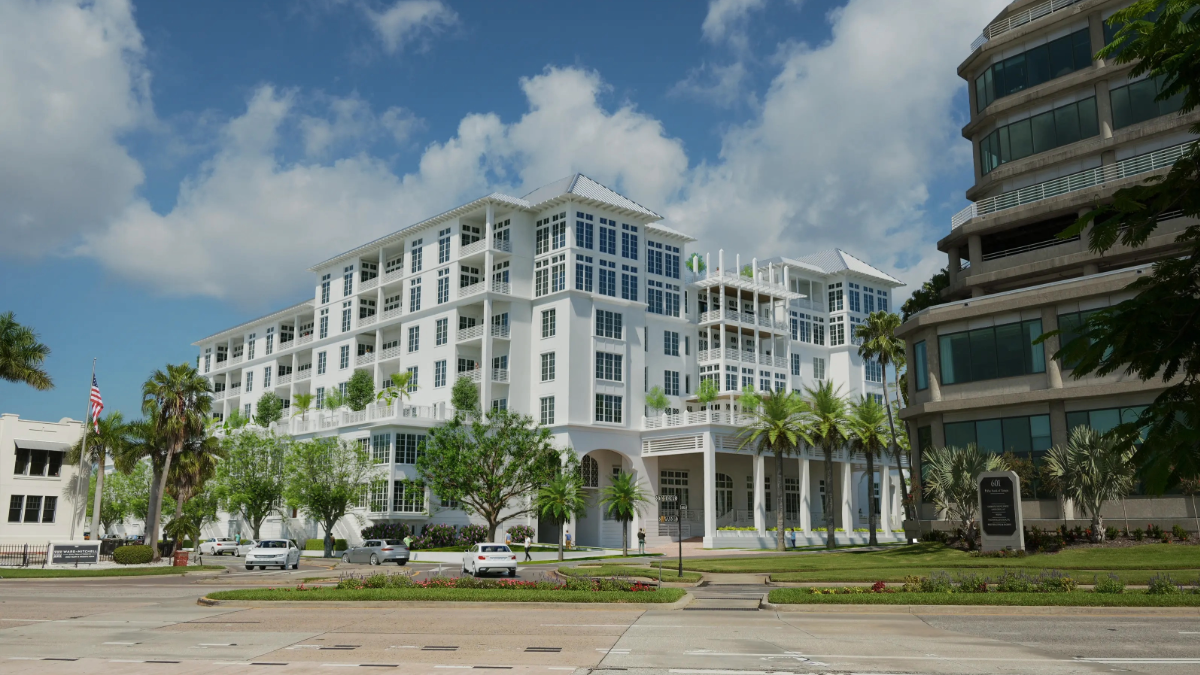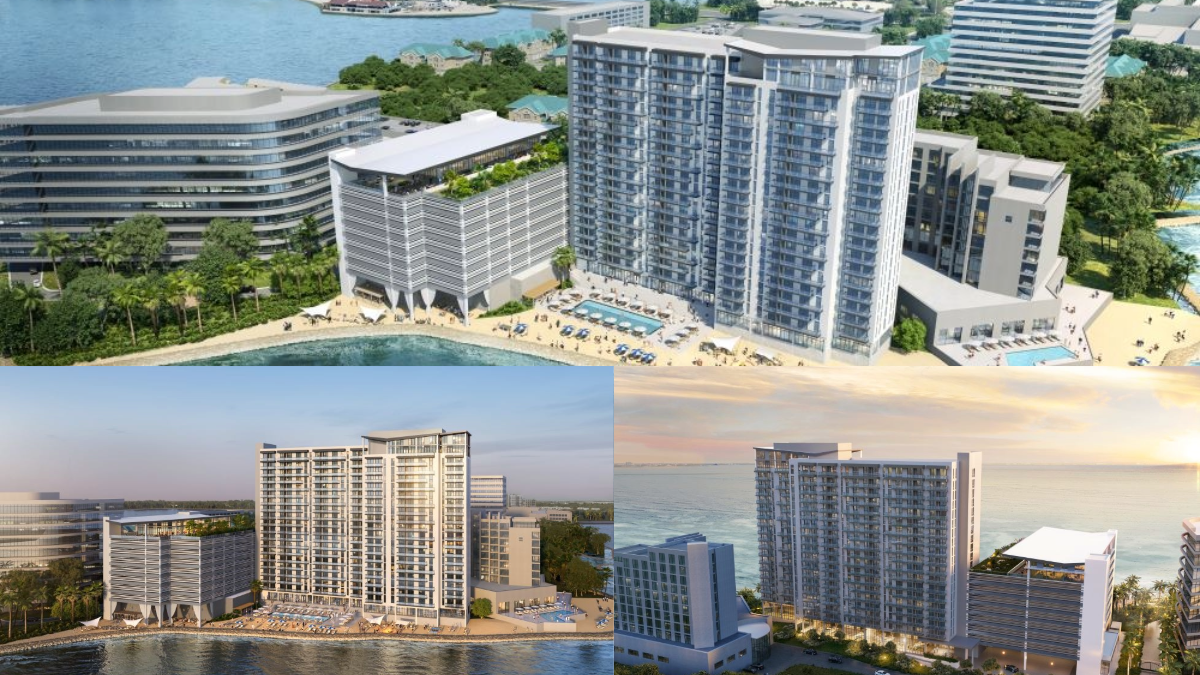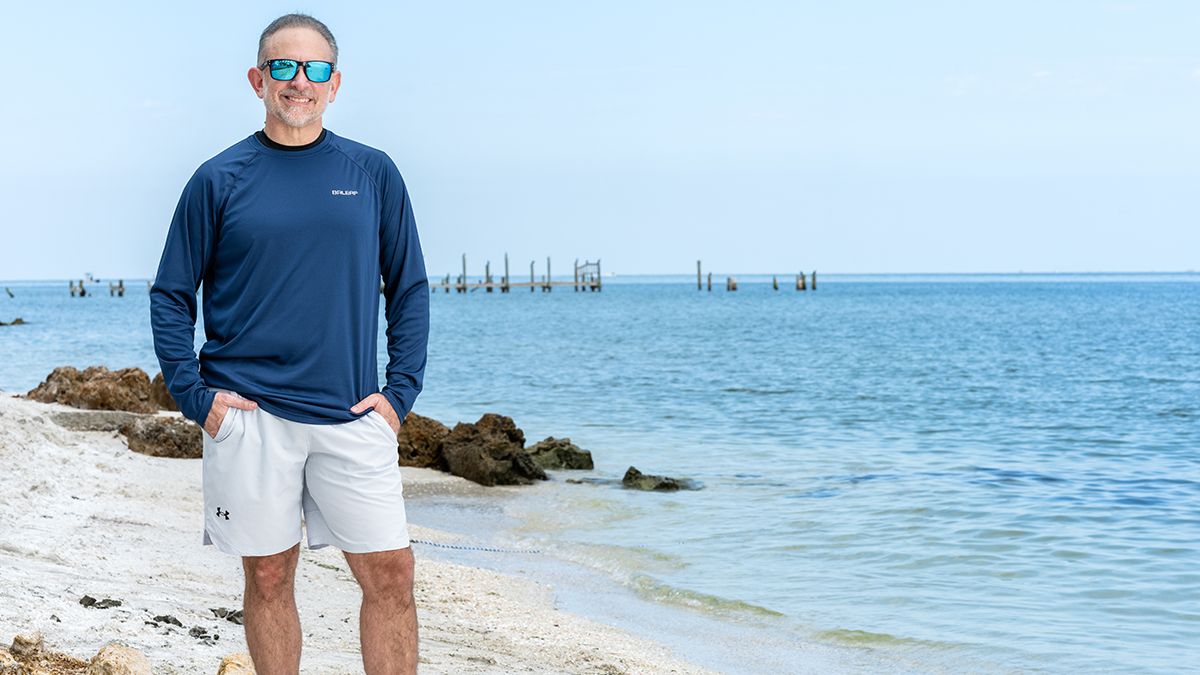In Plant City, a place where time seems to stand still, it’s no surprise that the same commissioners who voted to approve construction of a new courthouse in January 2009 were present at October’s meeting to approve advancement of construction on Gary Sheffield Sports Village, which is expected to have its $50 million investment completed by 2024.
A collection of about 30 people gathered to hear the commission act on the day’s agenda, which included advancing the Sheffield Village. Among those attending the vote was mayor-commissioner Rick Lott, vice mayor-commissioner Nathan Kilton, city manager Bill McDaniel, commissioners Michael Sparkman and William Dodson, and city clerk Kerri Miller.
It was a big victory for James Talton, CEO of Blue Marble Strategic business development company, and his business partner Gary Sheffield, the retired Major League Baseball player and a native of Tampa. But it was not an unexpected victory—the commissioners agreed as they called advancement of development a “win-win.” The arrangement is such that if the development falls through, the city retains the land at no cost and adopts whatever structures have been added to it.
“Why not Plant City? It’s actually like we chose each other,” says Gary Sheffield. “When the idea was presented the mayor, commissioners, and the community all embraced it; and when people can grab hold of your vision and help you run with it it’s a wonderful synergy.”
The facility will be a redevelopment of Plant City Stadium, the one-time spring training home of the Cincinnati Reds, and its surrounding 129 acres. Talton describes the project as a full-service complex—with residences, lodging, office and retail, where an anticipated 3,500 people will walk through the gate on any given weekend. As many as 1,600 amateur baseball or softball players and their coaches will be there for games, training and tournaments with 2,000 spectators in the stands.
Talton worried about overpromising, but he did say the facility will have global appeal, thanks to modern sports technology. He expects it will bring diversity through international tourism.
The player complex is expected to have a food court with seating for up to 450, accommodations for 100 teams, and onsite retailers and game-day concessions. With more than 200 event days each year, it’s seen as an incubator for Plant City’s tourism industry.
Jake Austin, president and CEO of Plant City Economic Development Corp., says the city’s opportunity is ripe. “Plant City has over 2.5 million square feet of new speculative commercial space, coupled with over 3,000 acres of land ready for development,” he says.
Directly west of the Sheffield development site is Plant City’s “midtown” development, which is also undergoing a long ramp-up. And the intent for this space is meaningful.
Where there’s an empty concrete slab, there’s also a faded sign that announces, “Welcome to Plant City’s Midtown Redevelopment.” In 2016, commissioner Nathan Kilton said the goal of community redevelopment is to “identify areas that are a challenge to develop and revitalize.” The CRA has been selected since the early 1980s, but revitalization has been slow.
The decades-old project has been accumulating a percentage of property taxes over the years, to “acquire property and clean up some of the brownfield environmental issues” in that area, Kilton says. With environmental issues now addressed, the area has seen its first activity with the development of a public park. This was followed shortly by local investors purchasing an adjacent abandoned property, which used to be a Sweetbay grocery store, and turning it into MAD Zone, a party destination for children.
The bulk of the midtown redevelopment project, however, is incomplete. This includes plans for single-family and multifamily residential developments with mixed-use retail and commercial properties. The idea is to create a walkable area where people feel safe. The executive summary of the midtown redevelopment vision plan says, “City leaders believe the Midtown of the future holds genuine promise as a mixed-use, pedestrian-friendly area with multiple options for residential, business, and entertainment.”
Such development in an otherwise-bereft area surely would benefit the community. But the difference between the slow-going redevelopment of midtown and the swift approval of the Sheffield complex is money. One project has it, and the other has struggled to get it.
With the development already scheduled and the amount of commercial opportunity available, residents and city leaders alike expect that Plant City surely will change during the next five to 10 years. But what will it be? Will it maintain its small-town charm as a hub for rare antique enthusiasts and agriculture lovers? Or will it go some other direction? Either way, indications suggest the community will be stronger for it. ♦
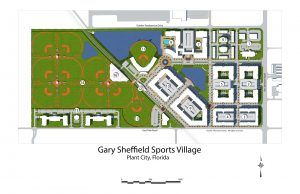
Map Index
1 Micro hospital/pharmacy/medical office
2 Mixed-use: Retail and condo
3 Mixed-use: Retail and apartments
4 Mixed-use: Retail and apartments
5 Mixed-use: Retail/office/condo
6 Townhomes and condo
7 Resort hotel: Convention and residences
8 Resort hotel: Guest rooms/spa/restaurant
9 Baseball stadium and player complex
10 Mixed-use: Retail/restaurant/condo
11 Mixed-use: Retail and condo
12 Train platform
13 Commercial
14 Junior stadium
15 Player development center
16 Baseball fields
17 Assisted living facility and club

